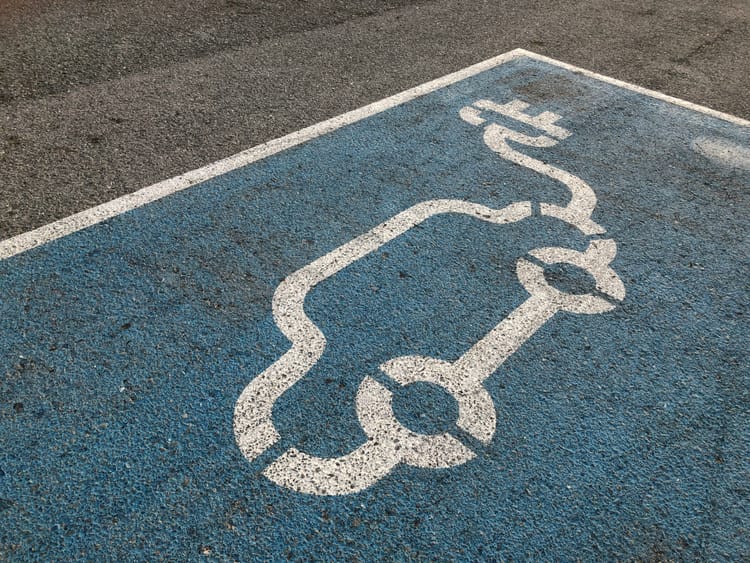Net-Zero Data Public Utility: a game changer for climate transparency

The Net-Zero Data Public Utility (NZDPU) aims to be a global free-for-all database of climate information provided by companies – with the first proof of concept due to be shared at COP28.
Launched at last year’s UN climate change conference (COP27), the Net-Zero Data Public Utility (NZDPU) is preparing to give global stakeholders a first sneak peek in Dubai during COP28. After that, a consultation will be launched on how to improve the tool, with feedback welcome until March 1, 2024.
What is the Net-Zero Data Public Utility
An initiative of the Climate Data Steering Committee created in 2022 to address challenges around the availability, comparability and transparency of climate data worldwide, the Net-Zero Data Public Utility is a central public database gathering information on companies’ climate efforts, accessible for free to governments, citizens and journalists.
In its first iteration, the utility will be primarily focused on companies’ carbon footprints: greenhouse gas emissions by year, as well as emissions reduction targets, allowing users to track progress over time – but the repository could include broader climate metrics in the future.
Where does the data come from?
The data included in the proof of concept to be presented at COP28 comes from CDP, a carbon disclosure project through which 23,000 companies self-report emissions data. The partnership between the NZDPU and CDP was announced in September 2023 as a strategic collaboration to enable the creation of an initial database of 400 companies.
But since the utility has the backing of several regulators and standard setters, it’s reasonable to expect future sources of data to also include CSRD and ISSB-aligned reports, among others.
“Beyond standard-setting the NZDPU initiative is more than welcome since once data is elaborated in accordance with quality standards it is paramount to make sure that data is easily accessible to all stakeholders. Without such a crucial step, policies and action plans would fall short of expectations and targets,” said Patrick de Cambourg, European Financial Reporting Advisory Group (EFRAG) Sustainability Reporting Board member last year.
One centralised source of climate data… with quality safeguards
The availability of climate-related data is a major pain point in the transition to a net zero world: interconnected and complex supply chains make it difficult for companies to fully assess their carbon footprint, particularly in Scope 3.
The central database offered by the NZDPU would help all stakeholders have more visibility over the climate impact of companies in their value chains – though it’s not clear which companies would be covered and how they would be selected.
While an initiative to gather sustainability data from different sources and present them in one comparable format is incredibly valuable at a time when reporting standards and regulations are fast evolving, the NZDPU wouldn’t in itself address the issue of data quality.
Even for operational emissions, calculation methodologies lack standardisation – with carbon accounting firms themselves recognising that much is left to interpretation.
The Climate Data Steering Committee is aware of this issue, and its November 2022 recommendations for the development of the NZDPU state that to mitigate data quality risks, “details of omissions within reporting boundaries, methodology used, and any verification by a third party should also be collected” and “a flag indicating any data quality issues should also be applied”.
Read also: What CSOs should know about the new GRI climate standards







Member discussion